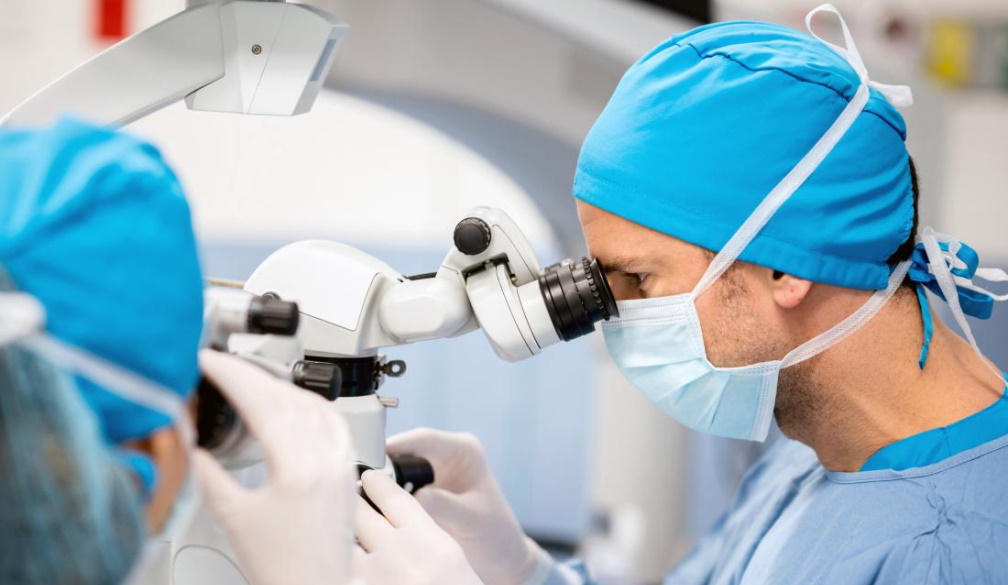The Different Types of Cancer Treatment

It’s thought that around ne in every two people will receive a cancer diagnosis at some point in their life. This means roughly half the global population will develop cancer – whether it’s diagnosed or not. If you’re fortunate enough to avoid a diagnosis yourself, there’s a good chance you’ll know someone who will be affected by cancer, and you’ll need to be able to support them.
A large part of someone’s cancer journey comes down to their treatment as this is often one of the most taxing and lengthy aspects of the diagnosis and the road to recovery. As healthcare develops and more research is performed, new treatments come to the forefront, meaning there are more cancer treatments than you may have previously thought, and the good news is, there are more and more drugs available to mitigate the symptoms.
So, with all this in mind, it’s a good idea to familiarize yourself with cancer treatments.
Chemotherapy
Chemotherapy is the treatment that is most associated with cancer, and it’s also the treatment that most patients dread because of its long list of side effects. In a nutshell, chemotherapy, involves a cocktail of anti-cancer drugs being administered, either via an IV line, injections, oral tablets, or topical creams (this is for skin cancer).
Chemotherapy drugs are cytotoxic, and this means they are harmful to cells. Chemotherapy disrupts the way cancer cells grow, eventually killing them if the treatment is effective. Healthy cells may be affected which is why patients experience side effects, but there are a number of additional medications available to help ease feelings of nausea and other unpleasant side effects caused by chemotherapy.
There are many different types of chemotherapy drugs, meaning there are a number of options for patients if one type fails or doesn’t work in the way the doctors want it to.
Radiotherapy
The next type of cancer treatment is radiotherapy. This most commonly involves using x-rays to kill cancer cells in the body. Radiotherapy is one of the most accurate ways of treating cancer because the technology is constantly evolving to make the beams more precise. The more precise the beams are, the less likely it is that healthy cells will be affected, and the fewer healthy cells that are affected, the less severe side effects will be.
There are lots of different types of radiotherapy, including proton beam therapy and internal radiotherapy. The type a patient has will depend on their exact diagnosis. Radiotherapy is often used in conjunction with other treatments, such as chemotherapy and surgery.
Immunotherapy
Immunotherapy involves using the body’s natural immune system to fight cancer. Generally speaking, when you become ill, your white blood cells will go into attack mode to fight off the illness, but cancer cells can confuse white blood cells and slip through the net, hence they’re not attacked. Immunotherapy encourages white blood cells to recognize and attack cancer cells through the use of medications.
Like chemotherapy, there are a number of different medication options for immunotherapy.
Surgery
The final most common type of cancer treatment is surgery. This involves directly removing the cancer or as much of it as possible. This isn’t always an option because it depends where in the body the cancer is located, but it’s widely considered one of the most effective forms of treatment. Surgery is typically paired with other treatments either before or after to shrink the tumor or kill off any remaining cells that may have been left behind following treatment.
Summary
Cancer treatment can be scary, but the more you know about it, the better you can prepare for it.

























